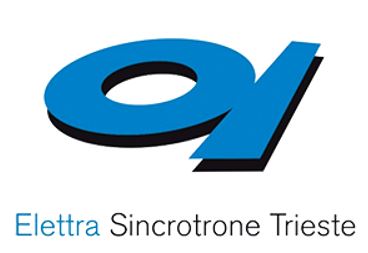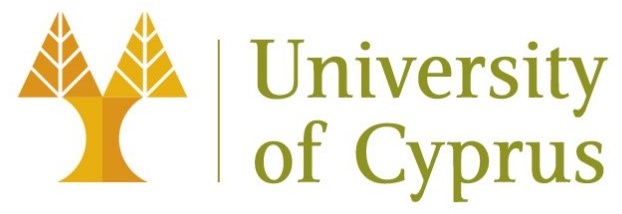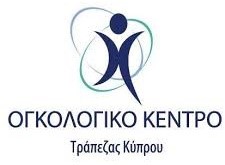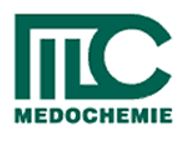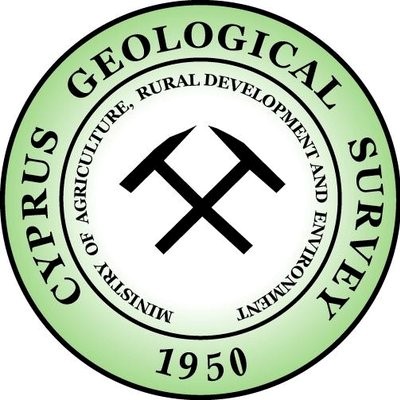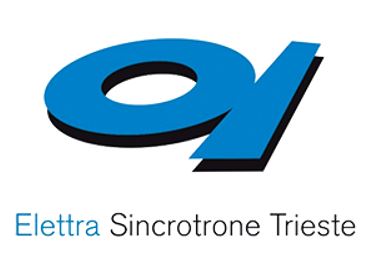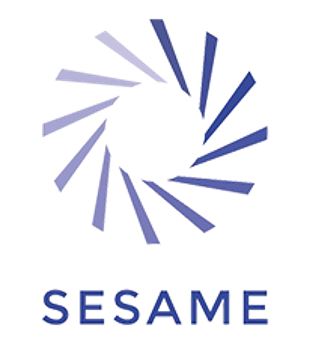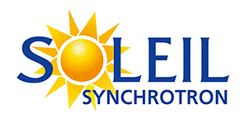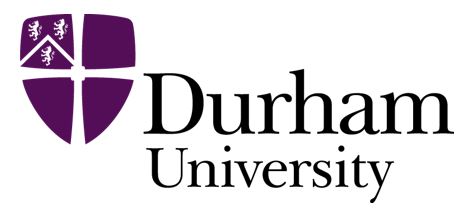Elettra Sincrotrone Trieste SCpA is a multidisciplinary international laboratory of excellence, specialized in generating high quality synchrotron and free-electron laser light for scientific applications. Its mission is to promote cultural, social and economic growth through basic and applied research, technical and scientific training, transfer of technology and know-how. The Elettra storage ring offers access to 28 beamlines with applications ranging from atomic and molecular physics, nanotechnology and life sciences. Of these beamlines, 18 can work in parallel at the same time. The beamlines cover a wide variety of experimental techniques and scientific fields, including photoemission and spectromicroscopy, crystallography, low-angle scattering, dichroic absorption spectroscopy, X-ray imaging, powder diffraction etc. ELETTRA serves the communities of material and surface science, solid-state chemistry, atomic and molecular physics, as well as biology, medicine and cultural heritage. The beamlines are complemented by 13 laboratories for sample preparation and characterisation but also including scientific computing. ELETTRA has been involved in a large number of EU projects, as partner as well as in the role of the coordinator. In particular, it coordinated the Integrating Activities FP6-IA-SFS, FP7-ELISA and FP7-CALIPSO. The most important examples and tasks completed are listed below: (1) CALIPSO (GA n.312284) Coordinated Access to Light source to Promote Standards and Optimisation: project coordination, networking activity coordination including development of the www.wayforlight.eu portal and assistance to the European Synchrotron User Organisation (ESUO), industry involvement, transnational access provision, detector development. CALIPSO was flagged by the EC as “FP7 success story”; (2) ELISA (GA n. 226716) European Light Sources Activities: project coordination, transnational access provision, networking, joint research activities; (3) RAMIRI2 (GA n. 262567) Realising and Managing International Research Infrastructures 2: implementation of a dedicated training program, including online handbook, for managers of current and future Research Infrastructures; (4) PaN-data ODI (GA n.261537) PaNdata Open Data Infrastructure: integration of user and data management systems, development of data management policy; (5) RF for SESAME (Elettra PI 2014108) Project goal: develop, build and commissioning at Elettra of four accelerating cavities and their associated equipment for the Sesame storage ring in the framework of the Specific Scientific Collaboration Agreement among Elettra –Sesame –INFN, dated May 12, 2014. Furthermore, ELETTRA has hosted several SESAME staff for their training. Within Horizon 2020, ELETTRA in involved in several contracts including: (1) CALIPSOplus (GA n.730872), starting on May 1st, 2017 for 4 years with an EC contribution of 10MEuro. Elettra will lead WP2-NA1 about User tools and data management, will provide Transnational Access to its light sources Elettra and FERMI and will take part in both Joint Research Activities; (2) OPEN SESAME (GA n. 730943), started on December 1st, 2016 and grouping several European Research Infrastructures (including SOLEIL, ESRF and CERN) to boost training capabilities and skills acquisition of the SESAME Synchrotron personnel.
Key Personnel
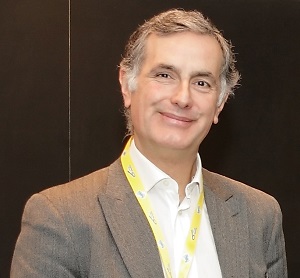 Dr Giorgio Paolucci is the Chief Scientific Office at Elettra-Sincrotrone Trieste S.C.p.A. He holds the title of dottore di ricerca in condensed matter physics, and has held the following professional positions (in reverse order): coordinator of international relations and member of the strategic committee of Elettra; research project coordinator and member of the strategic committee of Elettra; manager of the Sincrotrone Trieste company as director of the experimental division; employee of Sincrotrone Trieste S.C.p.A. (Trieste, Italy) as group leader; employee of Ansaldo S.p.A. (Monfalcone, Gorizia, Italy) working for Sincrotrone Trieste S.c.p.A; consultant of the Tecnologie Avanzate Superfici e Catalisi (TASC) laboratory, at the Area per la Ricerca Scientifica e Tecnologica di Trieste; lecturer at the International School of Advanced Studies of Trieste; stipendiat at the Fritz Haber Institut der Max Planck Gesellschaft, Berlin; consultant of the electron spectroscopies group at the Università della Calabria, Cosenza, Italy. Dr Paolucci’s research experience includes: surface science techniques, in particular photoemission, photoelectron diffraction, low energy electron diffraction (LEED), auger electron spectroscopy, electron energy loss spectroscopy (EELS), thermal desorption spectroscopy (TDS), near edge x-ray absorption spectroscopy (NEXAFS); design and construction of synchrotron radiation beamlines; writing control software for experiments with synchrotron radiation; electron optics for low energy electron energy analyzers; electronics for electron analyzers and detectors; optical methods (thermoreflectance) for the study of the electronic structure of metals. He has over 120 papers in refereed journals, over 20 invited talks, and over 40 contributions to conferences. In 2000 he received the Honour of “Ufficiale” of the “Ordine al Merito della Repubblica Italiana” given by the president of Italy, Mr. C.A. Ciampi
Dr Giorgio Paolucci is the Chief Scientific Office at Elettra-Sincrotrone Trieste S.C.p.A. He holds the title of dottore di ricerca in condensed matter physics, and has held the following professional positions (in reverse order): coordinator of international relations and member of the strategic committee of Elettra; research project coordinator and member of the strategic committee of Elettra; manager of the Sincrotrone Trieste company as director of the experimental division; employee of Sincrotrone Trieste S.C.p.A. (Trieste, Italy) as group leader; employee of Ansaldo S.p.A. (Monfalcone, Gorizia, Italy) working for Sincrotrone Trieste S.c.p.A; consultant of the Tecnologie Avanzate Superfici e Catalisi (TASC) laboratory, at the Area per la Ricerca Scientifica e Tecnologica di Trieste; lecturer at the International School of Advanced Studies of Trieste; stipendiat at the Fritz Haber Institut der Max Planck Gesellschaft, Berlin; consultant of the electron spectroscopies group at the Università della Calabria, Cosenza, Italy. Dr Paolucci’s research experience includes: surface science techniques, in particular photoemission, photoelectron diffraction, low energy electron diffraction (LEED), auger electron spectroscopy, electron energy loss spectroscopy (EELS), thermal desorption spectroscopy (TDS), near edge x-ray absorption spectroscopy (NEXAFS); design and construction of synchrotron radiation beamlines; writing control software for experiments with synchrotron radiation; electron optics for low energy electron energy analyzers; electronics for electron analyzers and detectors; optical methods (thermoreflectance) for the study of the electronic structure of metals. He has over 120 papers in refereed journals, over 20 invited talks, and over 40 contributions to conferences. In 2000 he received the Honour of “Ufficiale” of the “Ordine al Merito della Repubblica Italiana” given by the president of Italy, Mr. C.A. Ciampi
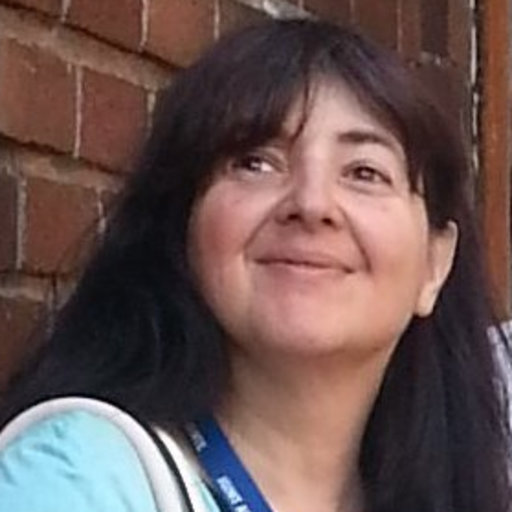 Dr Lucia Mancini is a materials science physicist. She worked from 1992 to 1994 in the Italian Industrial Research Center Ce.Te.V. (Carsoli (AQ)). She has been PhD student and post-doc at the ID19 beamline of the European Synchrotron Radiation Facility (ESRF) in Grenoble (France) from 1995 to 1999, researcher at the CRMCN of CNRS (Marseille, France) in 1998 and at the Institute for Microelectronics and Microsystems (IMM) of CNR in Bologna (Italy) from 1999 to 2001. Since 2001, she has been working as senior scientist at the SYRMEP beamline of the Elettra-Sincrotrone Trieste laboratory. Since 2004 she is also the scientific responsible of the TomoLab instrument, devoted to microfocus X-ray tomography at Elettra. Her main expertise is in the field of 3D hard X-ray imaging techniques. These techniques play an important role in several research fields: medicine, biology, material science, geosciences and archaeology and allow to produce 3D images of the internal structure of objects with a spatial resolution at the micron- and submicron- scale. An important part of her work has been devoted to the extraction from 3D and 4D images of quantitative morphological and textural parameters, directly related to the physical properties of the studied materials and biomaterials, accurate image processing and analysis methods for an effective assessment of these parameters representing still a challenge in X-ray tomography techniques. Moreover, she has been in charge of, and has collaborated in the design and construction of several instruments for microfocus X-ray tomography (microCT). She collaborates with researchers from many synchrotron radiation facilities (ESRF, APS, SLS, Diamond, MAX IV, etc) and neutron facilities (PSI, ILL, TUM), but also from universities and with industrial partners. She is the co-author of >100 scientific papers that have appeared in peer-reviewed international journals, co-supervisor of several MSc and PhD theses and has presented her scientific results at >150 international workshops and conferences. She also acted as co-organizer or chair in several conferences or workshops. She is the Italian representative in the management committee of the European COST Action MP1207 Enhanced X-ray Tomographic Reconstruction: Experiment, Modeling, and Algorithms (EXTREMA) and leader of the Working Group 4: Absorption and Phase-Contrast Tomography. She is consultant of the GEORES company, spin off of the University of Camerino (Italy), and member of the Elettra Cultural Heritage Office (ECHO). Relevant selected publications: http://www.elettra.eu/PEOPLE/index.php?n=LuciaMancini.HomePage
Dr Lucia Mancini is a materials science physicist. She worked from 1992 to 1994 in the Italian Industrial Research Center Ce.Te.V. (Carsoli (AQ)). She has been PhD student and post-doc at the ID19 beamline of the European Synchrotron Radiation Facility (ESRF) in Grenoble (France) from 1995 to 1999, researcher at the CRMCN of CNRS (Marseille, France) in 1998 and at the Institute for Microelectronics and Microsystems (IMM) of CNR in Bologna (Italy) from 1999 to 2001. Since 2001, she has been working as senior scientist at the SYRMEP beamline of the Elettra-Sincrotrone Trieste laboratory. Since 2004 she is also the scientific responsible of the TomoLab instrument, devoted to microfocus X-ray tomography at Elettra. Her main expertise is in the field of 3D hard X-ray imaging techniques. These techniques play an important role in several research fields: medicine, biology, material science, geosciences and archaeology and allow to produce 3D images of the internal structure of objects with a spatial resolution at the micron- and submicron- scale. An important part of her work has been devoted to the extraction from 3D and 4D images of quantitative morphological and textural parameters, directly related to the physical properties of the studied materials and biomaterials, accurate image processing and analysis methods for an effective assessment of these parameters representing still a challenge in X-ray tomography techniques. Moreover, she has been in charge of, and has collaborated in the design and construction of several instruments for microfocus X-ray tomography (microCT). She collaborates with researchers from many synchrotron radiation facilities (ESRF, APS, SLS, Diamond, MAX IV, etc) and neutron facilities (PSI, ILL, TUM), but also from universities and with industrial partners. She is the co-author of >100 scientific papers that have appeared in peer-reviewed international journals, co-supervisor of several MSc and PhD theses and has presented her scientific results at >150 international workshops and conferences. She also acted as co-organizer or chair in several conferences or workshops. She is the Italian representative in the management committee of the European COST Action MP1207 Enhanced X-ray Tomographic Reconstruction: Experiment, Modeling, and Algorithms (EXTREMA) and leader of the Working Group 4: Absorption and Phase-Contrast Tomography. She is consultant of the GEORES company, spin off of the University of Camerino (Italy), and member of the Elettra Cultural Heritage Office (ECHO). Relevant selected publications: http://www.elettra.eu/PEOPLE/index.php?n=LuciaMancini.HomePage
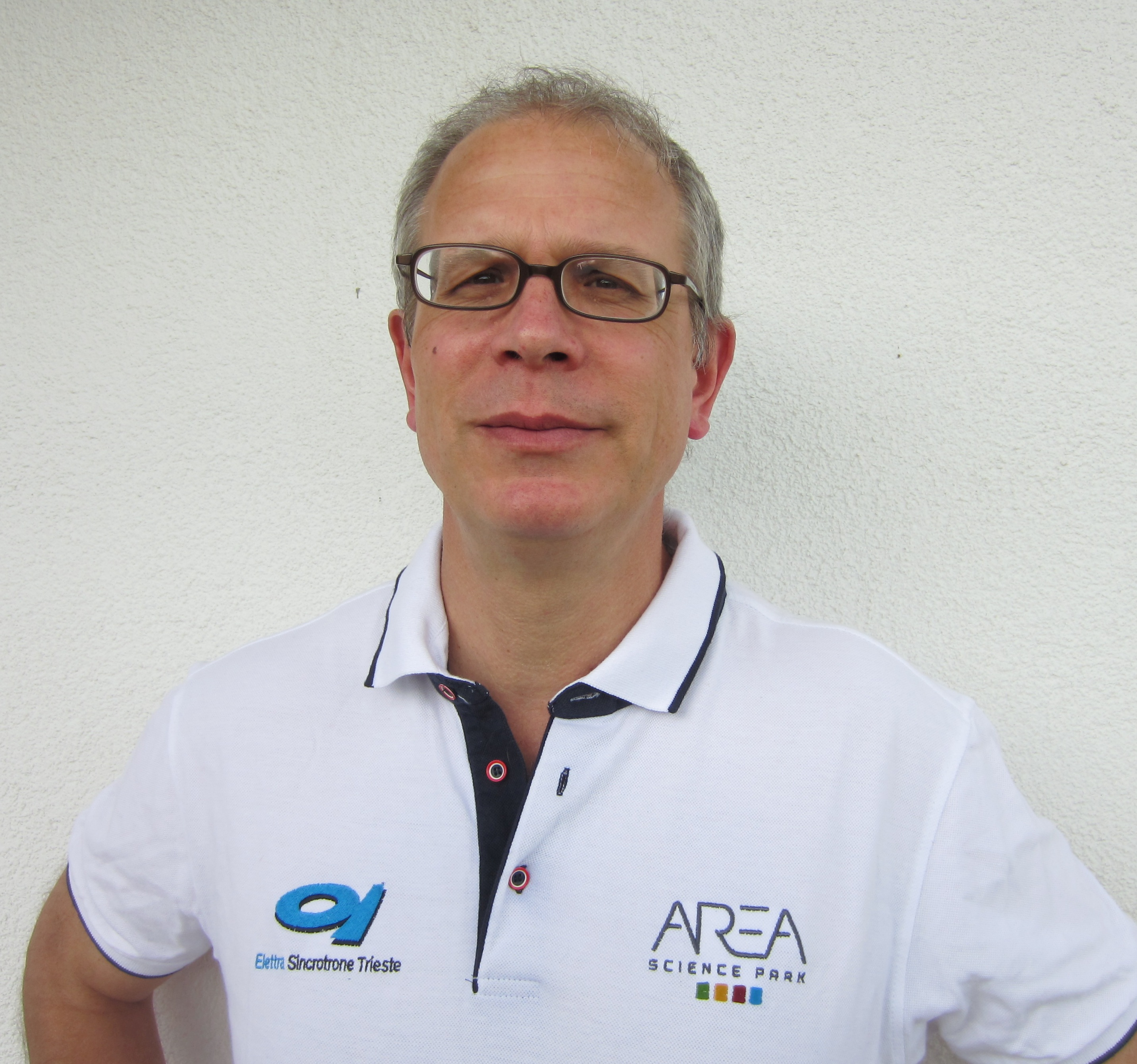 Dr Diego Dreossi is a physicist and an expert in instrumentation and X-ray imaging techniques. From 1995 to 1996 he was an associate member of INFN (National Institute for Nuclear Physics, FOTOMA), member of RD-17 (FAROS collaboration, CERN Switzerland) and of E-781 experiment (FERMILAB, Batavia Illinois) testing Position Sensitive Photomultipliers and developing beam hodoscopes. In 1997 he participated as a graduate student at FERMILAB at the CDF muon detector upgrade. Between 1997 and 98 he got a SIEMENS fellowship for CT imaging quality optimization and new detectors development. In the next two years, thanks to a INFN fellowship in the frame of DIRAC (Dimeson Relativistic Atom Complex, CERN) collaboration, he become a member of SFD (Scintillating Fiber Detector) group. In 1999 he moved to Biophysics Biochemistry and Macromolecular Department of the Trieste University where he spent two years for the implementation of new X-ray imaging modalities on cartilage and cancellous bone studies. From 2000 to 2006 he was a research assistant in physics at the University of Trieste in the frame of SYRMEP (Synchrotron Radiation for Medical Physics) collaboration working as a project coordinator of clinical experimentation on phase contrast mammography with synchrotron radiation. In that period he became the technical manager of the SYRMEP beamline. He had also a contract as a software consultant at Mechanical Engineering Department (University of Trieste) and he was associated at INFN for silicon microstrip detector “single photon counting” readout developing. Since 2006 he is a scientist at Elettra (SYRMEP beamline). Besides his research activity, during the past years he has been the project manager for several industrial commissions to construct X-ray microCT. He was involved in the design and construction of the imaging laboratory at the MLAB (ICTP, Trieste).
Dr Diego Dreossi is a physicist and an expert in instrumentation and X-ray imaging techniques. From 1995 to 1996 he was an associate member of INFN (National Institute for Nuclear Physics, FOTOMA), member of RD-17 (FAROS collaboration, CERN Switzerland) and of E-781 experiment (FERMILAB, Batavia Illinois) testing Position Sensitive Photomultipliers and developing beam hodoscopes. In 1997 he participated as a graduate student at FERMILAB at the CDF muon detector upgrade. Between 1997 and 98 he got a SIEMENS fellowship for CT imaging quality optimization and new detectors development. In the next two years, thanks to a INFN fellowship in the frame of DIRAC (Dimeson Relativistic Atom Complex, CERN) collaboration, he become a member of SFD (Scintillating Fiber Detector) group. In 1999 he moved to Biophysics Biochemistry and Macromolecular Department of the Trieste University where he spent two years for the implementation of new X-ray imaging modalities on cartilage and cancellous bone studies. From 2000 to 2006 he was a research assistant in physics at the University of Trieste in the frame of SYRMEP (Synchrotron Radiation for Medical Physics) collaboration working as a project coordinator of clinical experimentation on phase contrast mammography with synchrotron radiation. In that period he became the technical manager of the SYRMEP beamline. He had also a contract as a software consultant at Mechanical Engineering Department (University of Trieste) and he was associated at INFN for silicon microstrip detector “single photon counting” readout developing. Since 2006 he is a scientist at Elettra (SYRMEP beamline). Besides his research activity, during the past years he has been the project manager for several industrial commissions to construct X-ray microCT. He was involved in the design and construction of the imaging laboratory at the MLAB (ICTP, Trieste).


